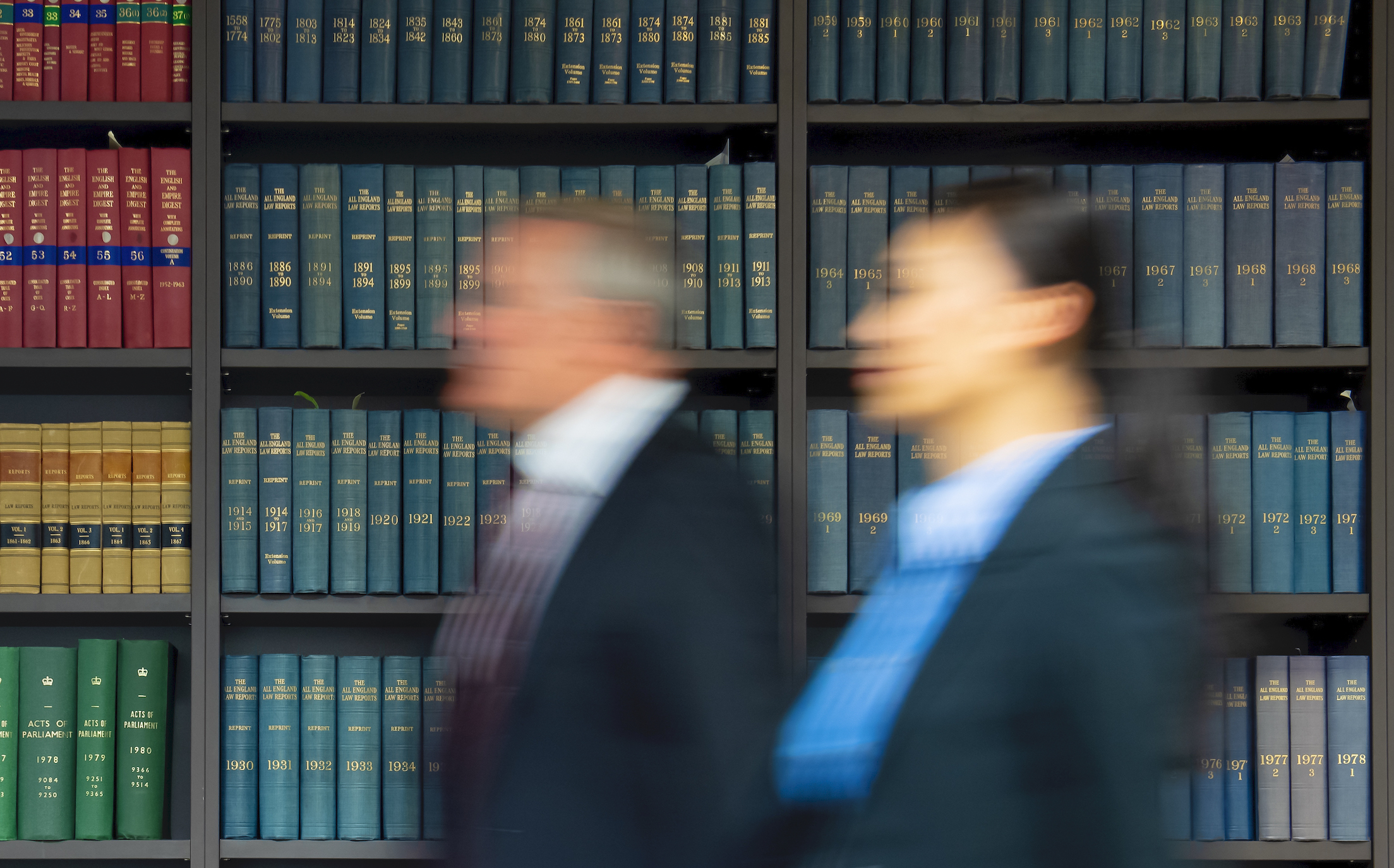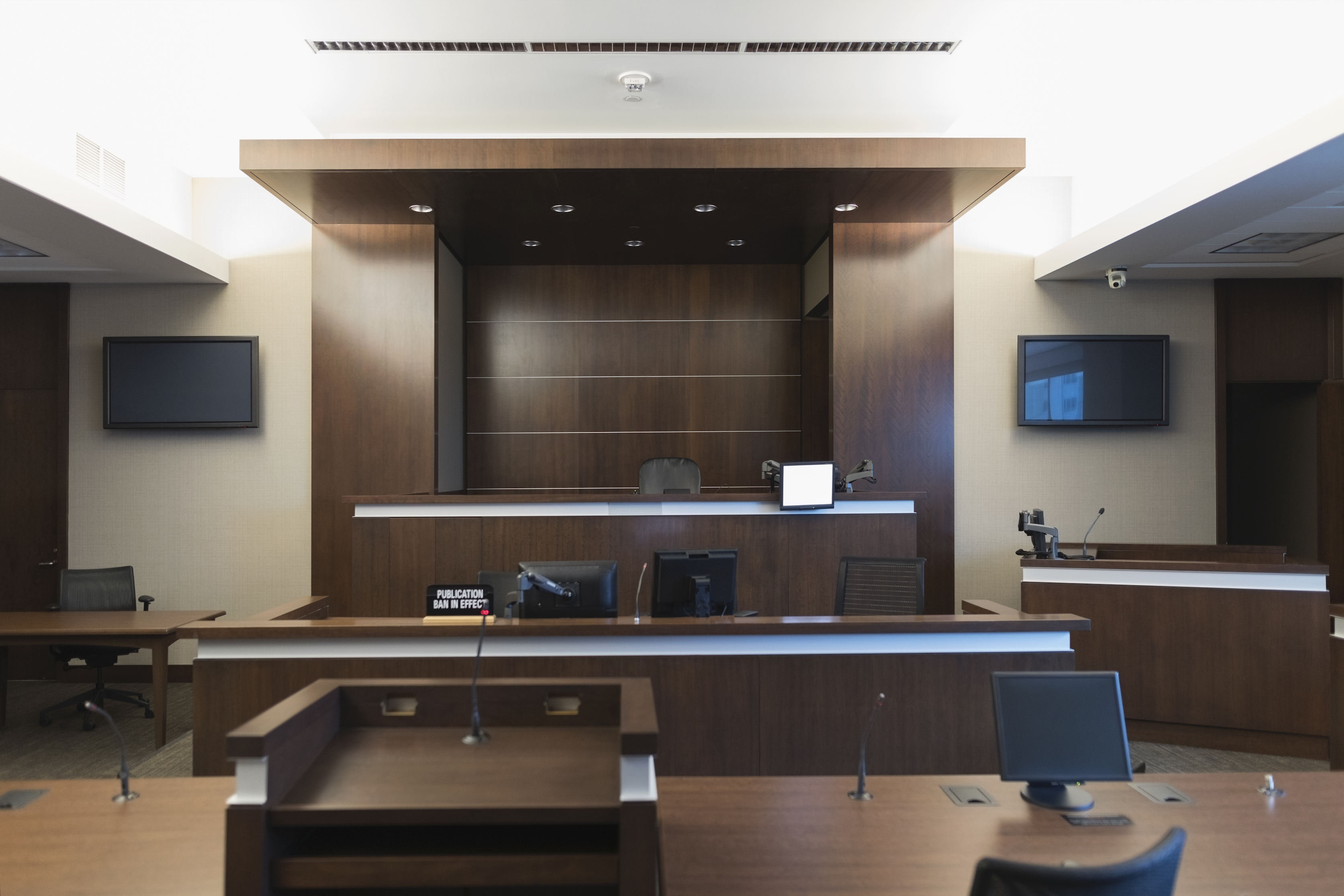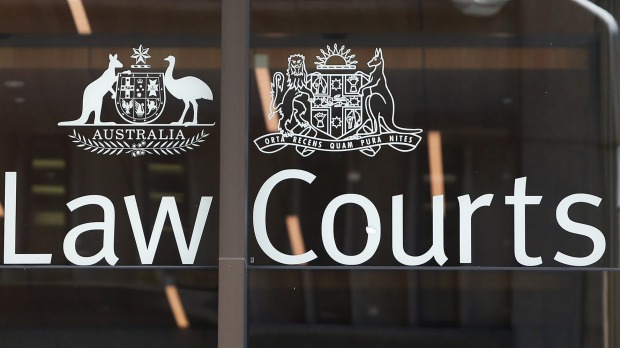
Business & Economics
Directors’ duties and cyber security - it’s complicated

To better promote public confidence, research suggests courts need to reassess the test they use for determining whether a judicial officer could be biased
Published 21 December 2021
Every person before the courts rightfully expects a fair trial, and a fundamental principle of the Australian court system is that a judge or magistrate must not sit on a case in which they are biased.
But how do we recognise bias and ensure it has no place in the courtroom?

As part of the legal test for bias, the courts have created the concept of a fictional ‘fair-minded observer’ as the “eye” through which to determine whether a judge ought to be disqualified on the grounds of possible bias.
This fair-minded observer is designed to reflect the assumed reasonable perception of a member of the public and is used to ensure that decisions on judicial disqualification reflect the views of lay observers rather than judicial or legal insiders. If the fair-minded observer test concludes that there was a real possibility that a judge may be biased, even subconsciously, then the judge is disqualified from hearing the case.

Business & Economics
Directors’ duties and cyber security - it’s complicated
While no one can definitively say whether the laws of bias and public perception are in alignment or not, concerns have been raised that the fair-minded observer bears no resemblance to an average member of the public or reasonably reflects general public opinion.
Indeed, our own survey research recently published in Modern Law Review lends weight to these concerns, suggesting that compared with the fair-mined observer test, actual members of the public tend to be more ready to decide a judge may be biased.
In our study we conducted nationally representative surveys of over 2000 people across the UK and Australia, asking respondents what they thought about different situations of possible bias. We found that lay observers deemed more cases warranting disqualification than are reflected in actual judicial disqualification judgments.
Our results indicate that a gap exists between the fair-minded observer created by the courts and public opinion in both the UK and Australia. This gap extends across a number of areas thought to give rise to possible bias, including financial interests and relationships and the risk of prejudgement, as well as fact patterns based on leading cases.

This study is part of our larger project which aims to investigate the accuracy of some key empirical assumptions underpinning the law of judicial bias, and to provide a legal framework in which the relevant legal principles, the science of decision making, and public perception of judicial bias could be transparently and appropriately balanced.
The Australian Law Reform Commission is finalising an inquiry into the law of bias in Australia at the request of the Attorney General, which underscores the public importance of this area of research.

Environment
Can the courts save us from climate change?
The right to an independent and impartial tribunal is universally recognised, but critical aspects of this fundamental right remain under-investigated. Assumptions on which the law is based have not been verified and are increasingly open to doubt. Too often in the past judges have glossed over key empirical questions and normative choices behind the law of bias by relying on the assessment of the fair-minded observer.
Not only there are real doubts about whether this device accurately captures public perception, fair-minded or otherwise, it also glosses over important questions about the judge’s role, what bias means as a matter of law, and which procedures are most likely to minimise the risk of judicial bias and maintain public confidence in the impartiality of judicial decisions, including in decisions about judicial disqualification.
Confidence in judicial decisions, and respect for the laws that judges enforce, depends on people’s confidence that the judge hearing a case will decide it fairly, which requires among other things that they are free from bias for or against any of the parties.

This principle is recognised in the comment from a UK Lord Chief Justice in the 1920s that “justice must be done, and it must be seen to be done”. However, giving effect to this perception principle is a formidable task in practice.
The levels of technical legal knowledge and supposed fair-mindedness attributed to the fair-minded observer renders them less like a fictional member of the public and more like an ideal role model.

Politics & Society
How do you judge tough military decisions?
While there are studies examining public attitudes towards the legal system, including public trust in the legal system and the legitimacy of the judiciary, public opinion about when judges should and shouldn’t disqualify themselves for possible bias remains under researched.
Moreover, the courts’ approach to bias reflects speculative assumptions about what is, and isn’t, likely to promote public confidence in the administration of justice.
In order to ensure that judicial rulings are as free from bias as possible, more attention to psychological studies has to be given in constructing the legal test for bias.
And, in order to promote public trust in the legal system, more attention needs to be paid to bridging the discrepancies we have found between what the theoretical ‘fair-minded observer’ sees as bias and what an actual layperson deems to constitute bias.
Banner: Getty Images